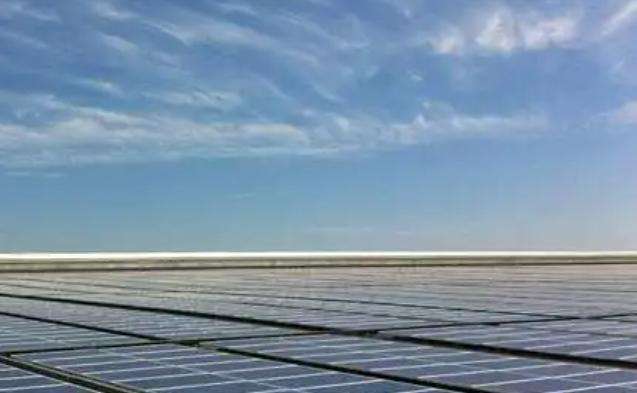Yes. The government provides support for growing vegetables in greenhouses.
In order to encourage the development of the vegetable industry, those who meet relevant requirements can apply for facility vegetable gardening projects and enjoy financial support.
There are subsidies. According to different local government policies, the subsidies are also different. The municipal finance will arrange special funds every year to encourage enterprises, individuals, cooperatives, etc. to have subsidies. The specific ones depend on each individual. Local policies shall prevail.
The state has also attached great importance to rural agricultural projects in recent years. It vigorously supports agriculture, rural areas and farmers, and basically has subsidy support policies. The state will also provide certain financial subsidies based on the planting area, so you can Consult local government departments for details.
Efficient cultivation technology of vegetables grown in greenhouses:
1. Scientific management:
Select excellent vegetable varieties. In order to improve the resistance of vegetables, Cold nature, low-temperature treatment of seeds before planting, sowing at the right time, and cultivating excellent vegetable seedling varieties.
Choose an area with fertile soil and manage the land according to the needs of vegetables. To avoid the influence of high temperatures, pay attention to ventilation in the greenhouse, adjust the temperature to achieve air convection, and prevent toxic gases from affecting the dishes. During irrigation, drip irrigation and sprinkler irrigation equipment are used, and under-film drip irrigation watering technology is adopted to make water-saving irrigation scientific and optimize the purpose of irrigation.
Pay attention to spraying water on the leaves according to the season. In summer, water evaporation is very large, and the leaves will curl due to lack of water. Spraying is to prevent the leaves and cauliflower styles from being deprived of water and promote pollination.
2. Scientific planting:
Soilless cultivation uses water planting methods, nutrient solution planting methods, etc. This type of planting method is healthy and environmentally friendly, and the vegetables grown are of high quality and It is widely promoted due to its high nutritional value and low cost. Soft cultivation is to set the inside of the greenhouse into a semi-dark or dark environment after the vegetables have grown for a period of time, and pay attention to the humidity of the environment. The vegetables grown in this way have the highest nutritional value.
Off-season cultivation is to plant shade-tolerant vegetables in summer, paying attention to the use of black sunshade and adding appropriate amounts of mixtures and organic fertilizers based on soil properties and actual needs of seedlings.
Which is less harmful to the environment, photovoltaic or wind power?
Better.
1. Salary. The employees of Changshu Tianshun Fengye Technology Co., Ltd. are well paid, with wages ranging from 4,000 to 5,600 yuan. They are paid on time on the 25th of every month, and there is no wage arrears.
2. Welfare benefits. Changshu Tianshun Fengye Technology Co., Ltd. provides five insurances and one fund, catering benefits, clothing subsidies, housing benefits, transportation benefits, paid vacations, and holiday benefits. The company offers good working conditions.
Both photovoltaics and wind power are currently recognized as new clean energy sources that have little impact on the environment.
However, although it is claimed to be clean energy, strictly speaking, whether it is photovoltaic or wind power, it will have a certain impact on the environment.
For examplePhotovoltaics will have the following impacts on the environment:
1. The layout of photovoltaic panels will take up a lot of space.
2. During the production process of photovoltaic panels, trichlorosilane and silicon tetrachloride will be produced, which are substances that have an impact on the environment and human health.
For example, wind power will also have an impact on the environment during the deployment process.
It is said that large-scale deployment of wind power will affect atmospheric circulation and cause changes in ambient temperature.
It is also said that large-scale deployment of wind power will affect the circulation of water vapor in the atmosphere and affect the distribution of rainfall zones.
Leaving aside whether the above statement is accurate, the two new energy sources of photovoltaic and wind power themselves have not yet achieved 100% no impact on the environment. ...it will have some impact to some extent.
Of course, compared with traditional energy sources, photovoltaic and wind power have very little impact on the environment and are environmentally friendly enough. This is why these two new energy sources and other new energy sources have such advantages. extensive development.














